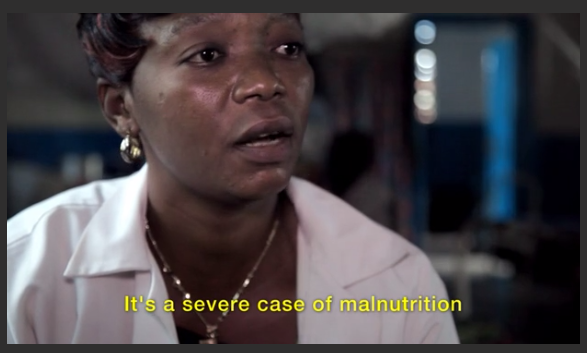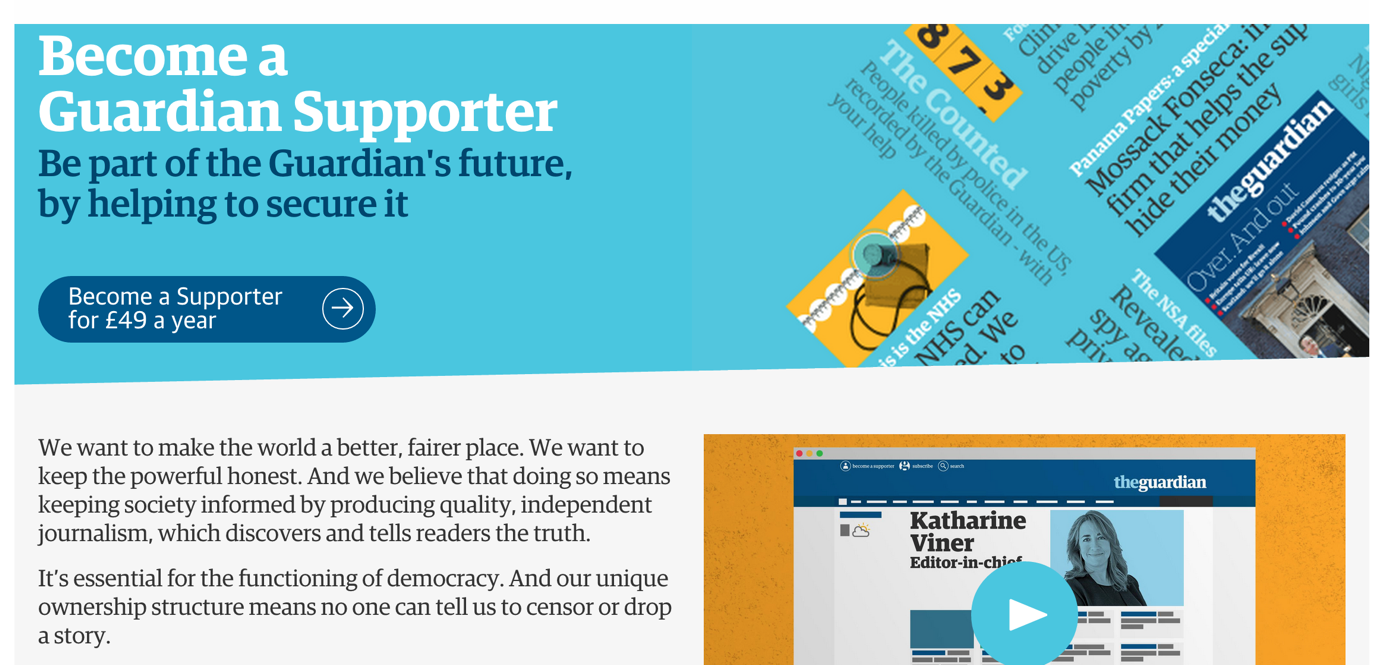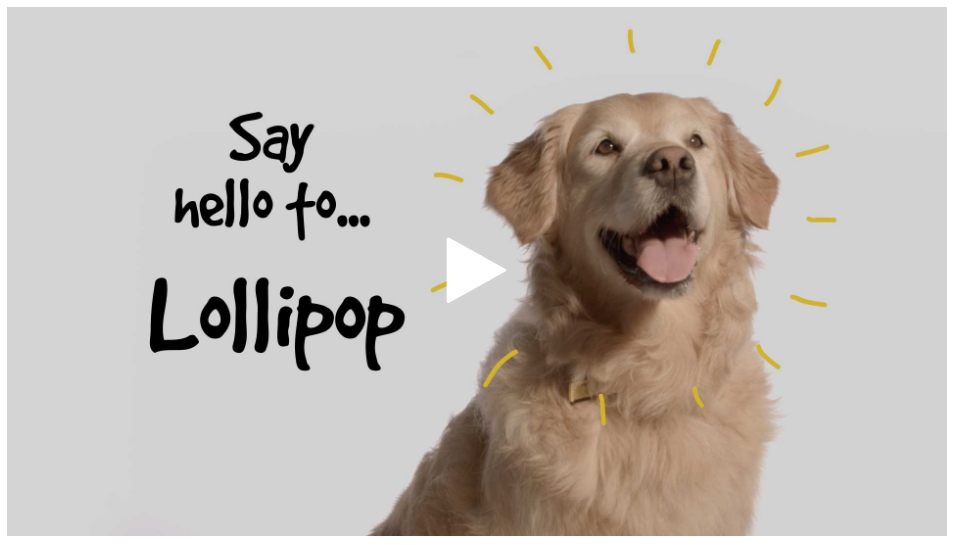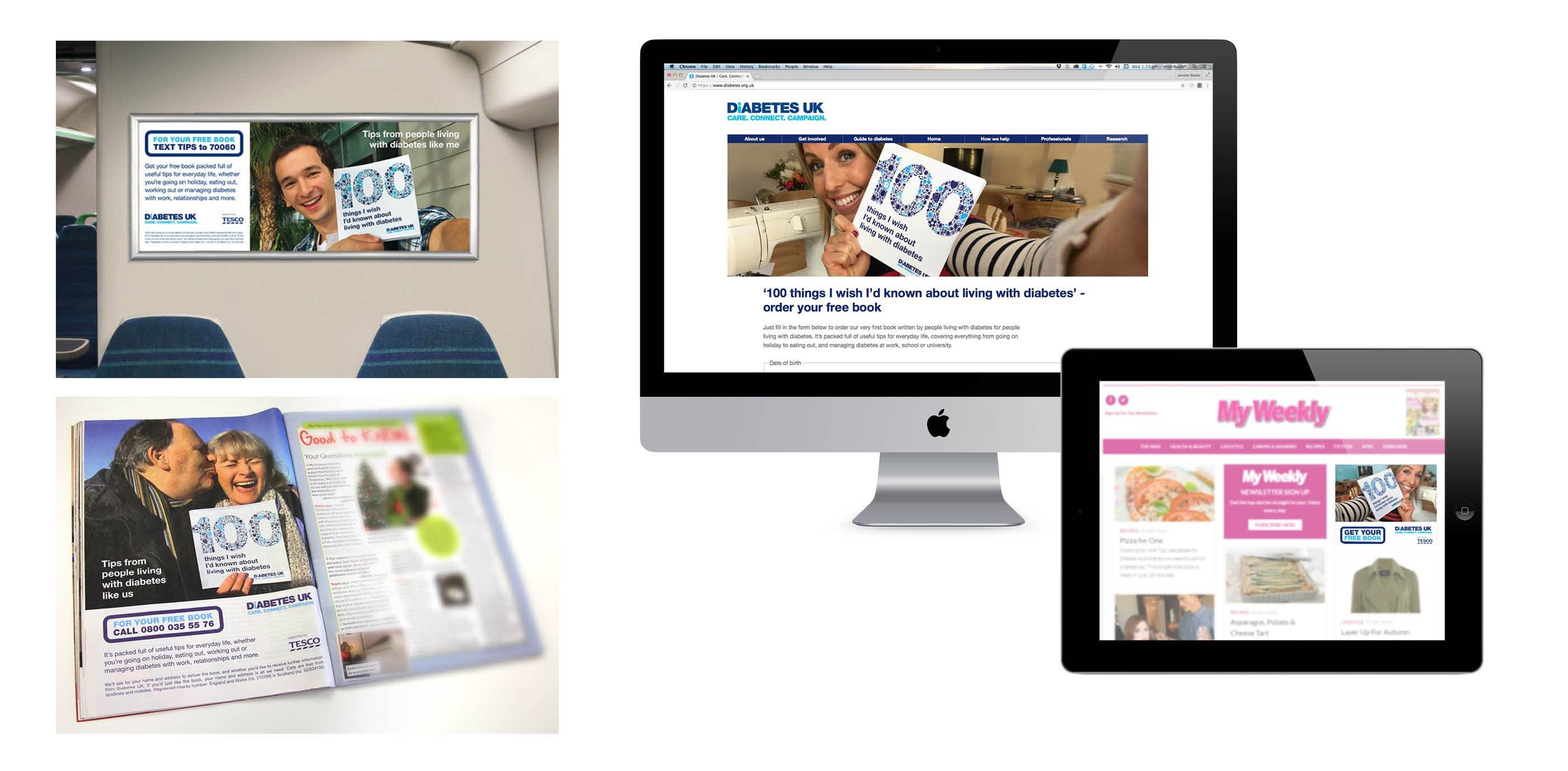CDE project 12: inspirational creativity
- Written by
- The Commission on the Donor Experience
- Added
- May 31, 2017
How the creative process can help charities focus more on the donor
Reuben Turner, April 2017
Reviewed by: Matthew Sherrington



1. An introduction. Why inspiration? Why creativity?
Inspiration
What a strange and slippery word. Often it’s been used to justify fundraising that persuades people to act at any cost, or to suggest that fundraising communications should be somehow uplifting. Here we propose returning to the latin root of the word – to ‘breathe life into’. Fundraising communications have a powerful role to play in ‘breathing life into’ stories, issues and causes.
Mark Zuckerburg once said “a squirrel dying in front of your house may be more relevant to your interests right now than people dying in Africa.” The role of inspirational creativity is to tackle that pervasive sense of distance, otherness and apathy – to bring issues, causes and stories to life and let their essential truth live right in front of us, in the here and now.
Creativity
Another slippery beast. There is creativity everywhere in fundraising. There is creativity in defining a proposition, in writing a strategy, in setting a direction.
Here we take it to mean the application of words, sounds and moving or still images to fundraising stories that are presented to supporters (existing or potential).
Ethics
Creativity is closely associated with storytelling, and this means it’s often at the sharp end of the ethical dilemmas faced (and sometimes ignored) by fundraisers. Every time we crop an image or choose one word over another we’re making not just a creative decision, but an ethical one.
Creativity, then, can be a tool for bad fundraising as well as good. It can obfuscate or over-simplify, it can ignore inconvenient truths or, at its worst, make outright lies sound like the truth.
That uncomfortable truth needs to be laid bare – we must take responsibility for the creative decisions we take and their ethical ramifications.
Technique vs truth
Creativity in fundraising has often been mistaken for the application of fundraising techniques to the truth. In other words, adding ask prompts, ‘nudges’, underlining, handwriting fonts and rhetorical techniques.
Truly inspirational creativity needs to be more about ‘bringing the truth to life’ – making it more real – than applying a set of predetermined rules that maximize response at any cost.
Formats vs ideas
In particular, creativity in fundraising has sometimes been relegated to the application of trickery. Sending coins and other premiums through the post, creating fake reports from the field, surveys that aren’t surveys or urgent appeals that aren’t urgent – these are all the use of creativity to create fictions rather than tell truths more effectively.
2. Method
On Feb 16th 2017 several creative directors who are closely involved with fundraising gathered to discuss the issues, principles and outcomes that a “creative commission” would like to see. It was a chance for those at the ‘sharp end’ of fundraising – those closely associated with delivering it – to say what they’d like to see change, and how.
Attendees: Wainani Dombrowski, Bluefrog; Bob Nash, WPN Chameleon; Christopher Nield, On Agency; Matt Crutchlow, Open; Simon Lane and Lynsey McMorrow, Arthur London; Reuben Turner and Andy Powell, GOOD; Ian Boardman, Consider Creative.
3. Principles
Principle 1
Inspirational creativity is about telling the truth, not hiding it.
We should aim to produce communications that leave supporters feeling satisfied as well as inspired. That doesn’t mean making them happy, or telling them how great they are. It means making them feel they have been told the truth, well, and entered into a clear and fair exchange with the charity.
Recommendations
- Measure more than just short-term response – measure loyalty, engagement, lifetime value and supporter satisfaction too. See CDE project 3, Satisfaction and commitment.
- Engage in relationships with creative teams and agencies that prioritise supporter satisfaction and inspiration over simple response or RoI. See CDE project 21, Working with suppliers.
- Empower creative teams and agencies to put the needs of the supporter at the heart of what they do.


Principle 2
Plan for supporter-centred creativity.
When we’re planning communications we should avoid simplistic segmentation models and pen portraits such as ‘dorothy donors’ or ‘baby boomers’; and seek instead to understand people’s very individual human values and motivations.
During that process we should imagine supporters are in the room when we’re talking about them. So that our communications treat them as respected peers, not targets to be ‘acquired’.
We should seek to be human and personal, which is not the same as using personalisation or data. We should speak the language our supporters do, not NGO jargon or corporate language. See CDE project 1, The use and misuse of language.
Recommendations
- Review the language of fundraising strategies, agency and creative briefs to make them as personal and approachable as possible – reducing jargon and writing our briefs as though a supporter will read them.
- Recruit panels of supporters to review materials – strategies, pen portraits, briefs, appeals – and act on their feedback.
- Where appropriate, engage supporters in telling the story.
- Be brave – trial fundraising communications that have radically human, rather than organisational, storytelling at their heart.
Principle 3
We should be clear about the terms of the relationship.
Too much creative promises an immediate impact (eg asking for a single gift, or promising to send a useful guide) when the goal is prospecting or conversion. Where we want more, we should be clear that we seek a relationship, and that the supporter has a choice. Urgency should not overtake honesty about the relationship we have, and seek, with our supporters.
Recommendations
- It’s time to lose stock phrases like ‘where the need is greatest’ and use genuinely transparent language and communications to let supporters know what is happening with their money and their data.
- We should use everyday language to explain the kind of relationships we seek with supporters. They should know that they have every opportunity to manage that relationship (if any) on their own terms.
- We should avoid sales tactics that make the terms of the relationship unclear, or hide it in small print or legal jargon.


Principle 4
We should offer supporters real choice, and be proud to do so.
Choice isn’t about ‘opt in’ policies or consent regulation. It’s about understanding a fundamental cultural shift in control – from organisations, to individuals.
We should respect that supporters have the right to say ‘no’, and strive to produce communications that are so good they won’t want to. We should give them control over whether, how, and how often we contact or ask them – in the same way they expect to manage their relationship with their bank or their social networks.
We should offer them the choice to give more, or less, than usual. That comes with the acknowledgement that they may support a range of charities and causes, and have other demands on their time, attention and money. We don’t have an automatic right to it. See CDE project 13 – Giving donors choices and managing preferences.
Recommendations
- Stop hiding behind tiny tick boxes and double-negative opt-outs. Be proud to offer supporters a choice.
- Use everyday language to make their choices clear, and show respect for their agency.

Principle 5
Every organisation should have clear guidelines for fundraising creativity.
Fundraising communications often reach more people than any other function of the organisation. This suggests that every organisation should have its own fundraising guidelines and principles to drive good practice and align fundraising communications to the broader organisational values – and driven by the needs, values and preferences of supporters.
Recommendations
- Every organisation should develop a simple, clear ethical framework for creative fundraising. This guidance should be written into every agency and creative brief. It should cover all channels, to ensure a consistent framework – direct mail, TV & radio, dialogue and digital. It should be a living document, continually adapted to meet new challenges and respond to supporter feedback (collated not individual).
- Both language and imagery (and the way they work together) should be considered. For instance, what images are acceptable, and why? How can captions change the context or imagery?
- It should sit within fundraising regulation but not be a response to it – this is about professional and creative integrity, not following the rules.
- It should be an opportunity for every organisation to differentiate and strengthen its fundraising and bring it closer to the mission.


Principle 6
Recognise that the fundraising bubble has burst.
Fundraising doesn’t take place in a vacuum any more (if it ever did). Fundraising communications should acknowledge and where possible integrate with other communications from the charity, for instance on social media (Facebook, Twitter, Instagram etc). This isn’t just about being effective, it’s about telling a coherent story. See CDE project 11, Communication with individual donors
Recommendations
- Bring fundraising and brand guidelines together to ensure a consistent experience for supporters – building brands with clear space for effective fundraising is a no-brainer in an age of integrated communications.
- Create the conditions where fundraising, brand and comms teams – and their agencies – can work together with common goals and combine their expertise effectively.
- Use social channels as a way to deliver value not just extract it – social is not just another direct response channel.
Conclusion
Creativity can be a powerful force for good – inspiring people to change the world they live in for the better. But it can also be a force for short-termism, shoddy tactics and lazy, formulaic thinking. We need to think differently about effective fundraising creative, if we’re to bring it into an age where the culture of fundraising has fundamentally shifted.
This will take time. So much of our creative communication is driven by formula that have existed for years, by practices and phrases that are so timeworn we no longer realise we’re using them. It will take work to change.
Secondly, it takes work to change ‘fundraising that works’. We may be using tricks and techniques that deliver results, but that we’re not proud of. It will take integrity and bravery to replace them with something ‘better’, perhaps in the face of short-term financial losses.
But it may well be worth it. Fundraising creative with supporter needs at the centre could look radically different. More honest, more open to failure, more authentic. And also more exciting, more inspiring, more brave and challenging. In short, more creative.
The Commission is an opportunity to show what creativity can really do for fundraising. It’s time to let it off the leash.





















